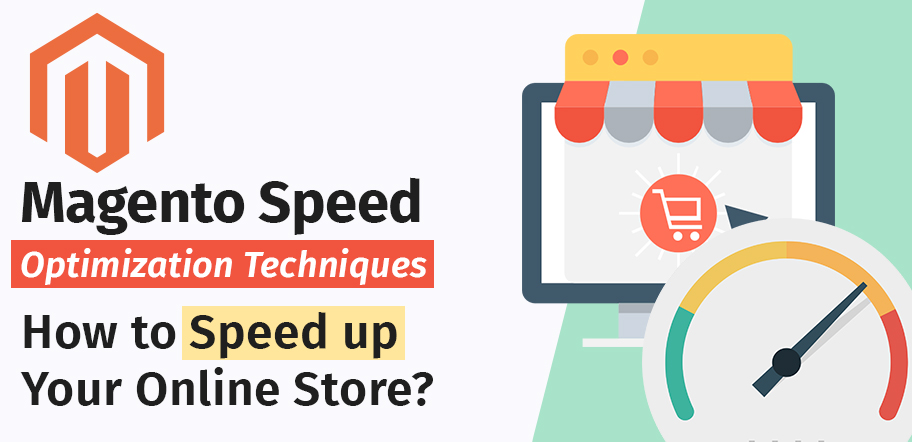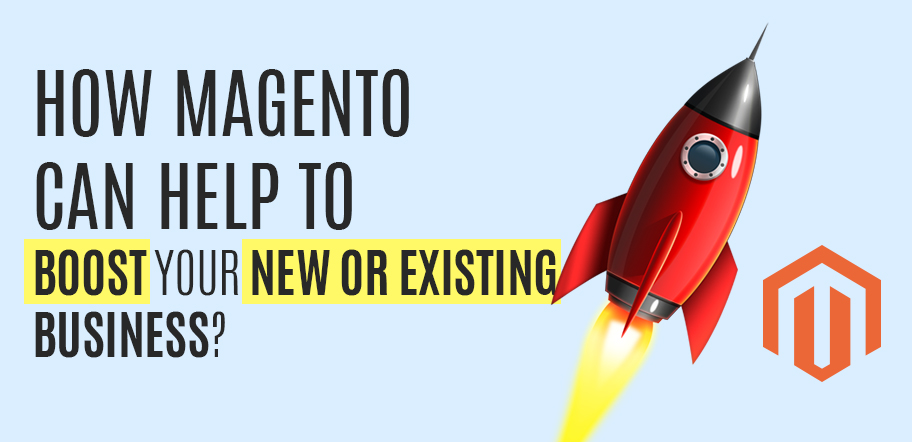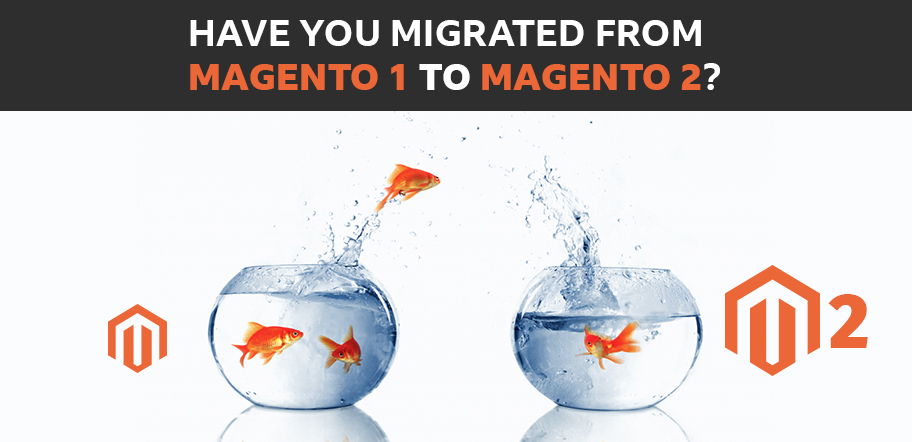Cache Management
There are multiple forms of caching you can implement with Magento. Successful combinations of caching include NGINX, APC, MemCache and Varnish caching. What’s more, the framework offers a built-in cache management module. However, developers should not forget to enable these cache types. You can also optimize and work on your browser caching for speed optimization. You can do it by adding .htaccess file and enabling Gzip compression. You don’t need to enable this setting in the latest versions of Magento, while you need to add this manually in the older versions.
Content Delivery Network
It’s important to serve your website visitors with immediate content. Especially when you have an eCommerce website and visitors instantly want the products on the display. It becomes frustrated for visitors to wait for longer waiting times. To optimize it, you need to manage it with a content loading mechanism. To see a positive change in your website loading time, implementing a content delivery network always works. It is one of the easiest methods to decrease website loading time. You can get the content loaded for your website visitors from different locations around the world. So the buyers can easily navigate through the product images and related animations.
Image Optimization
Images take more time when they are not optimized. Image sizes in MBs consume more space, and so does it increase the waiting time for product pictures to load. While the prospective buyers would not want to be lined up in checking out product details, it is crucial to display optimized images that serve faster. You can make your Magento 2 perform better by just optimizing the images. By compressing the image sizes to a certain size, converting product images into a JPEG format could make drastic differences to the website loading speed. Also, it is essential to keep layout and logo images in PNG or SVG formats to not compromise the website’s look and feel.
Installing Varnish
Varnish is an open-source full-page cache accelerator to increase the HTTP level traffic. Since the plugin is faster than the built-in cache accelerator, configuring it to the website makes perfect caching for eCommerce websites. It caches the parts of your webpage like fragments of files in temporary memory. Hence, it increases page loading speed and reduces response times. It helps with the entire HTTP protocol to overcome the problems with servers which are giving slower response times in bigger eCommerce websites. To configure Varnish in your Magento Admin panel:
- Stores > Configuration > Advanced > System >Full Page Cache
- Caching Application List > Varnish Caching
- Enter value in TTL for Public Content Field
- Enter the specific information by expanding the Varnish Configuration field.
Full Page Cache
Magento 2 has made it easy to implement full-page cache. You don’t need to use a false attribute to exclude a block since it considers an entire page in which the block is residing. You can check on multiple pages where cacheable attributes are used to see whether the pages have problems with caching. There are also manual techniques to cache the full page. You can do it by putting the store in development mode on a local or staging environment. This is one of the essential tricks that developers use to optimize Magento stores.
Conclusion
It would be best if you follow the best coding practices while developing online stores. It comes with experience, in-depth knowledge about the eCommerce framework and with the support of an extensive range of plugins that the framework offers. Of course, it’s no easy task to speed up the eCommerce website altogether but we can do it with practice, right tools and experience.Share your views on Magento Speed Optimization techniques with us in the comment section. Also, connect with us on Twitter for more updates on eCommerce technologies.


